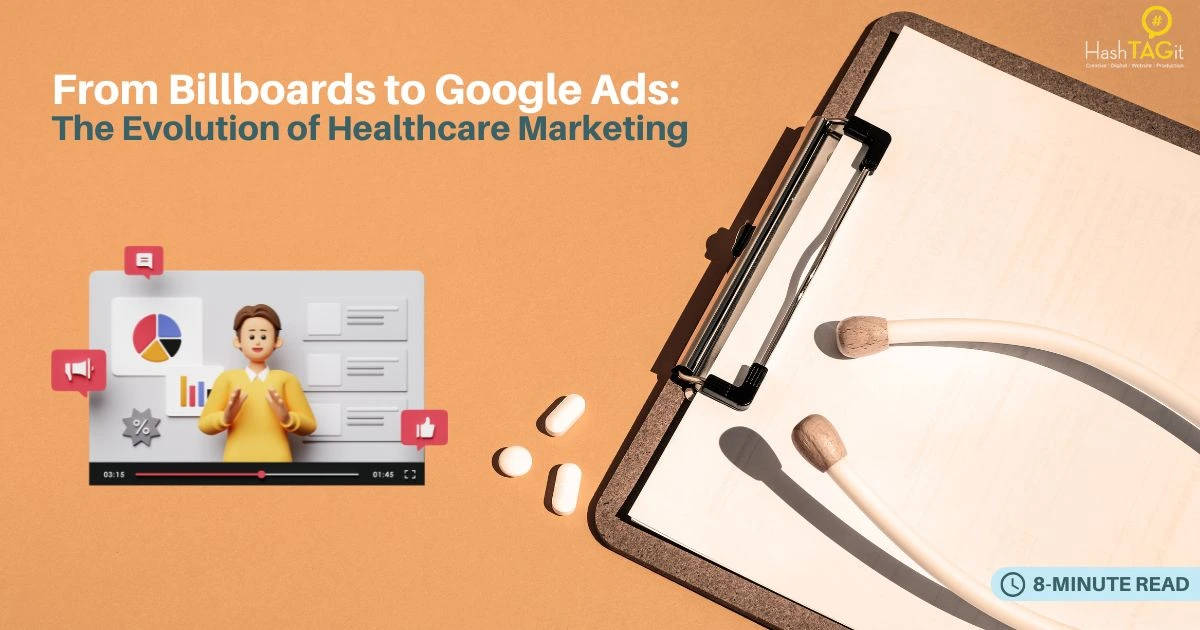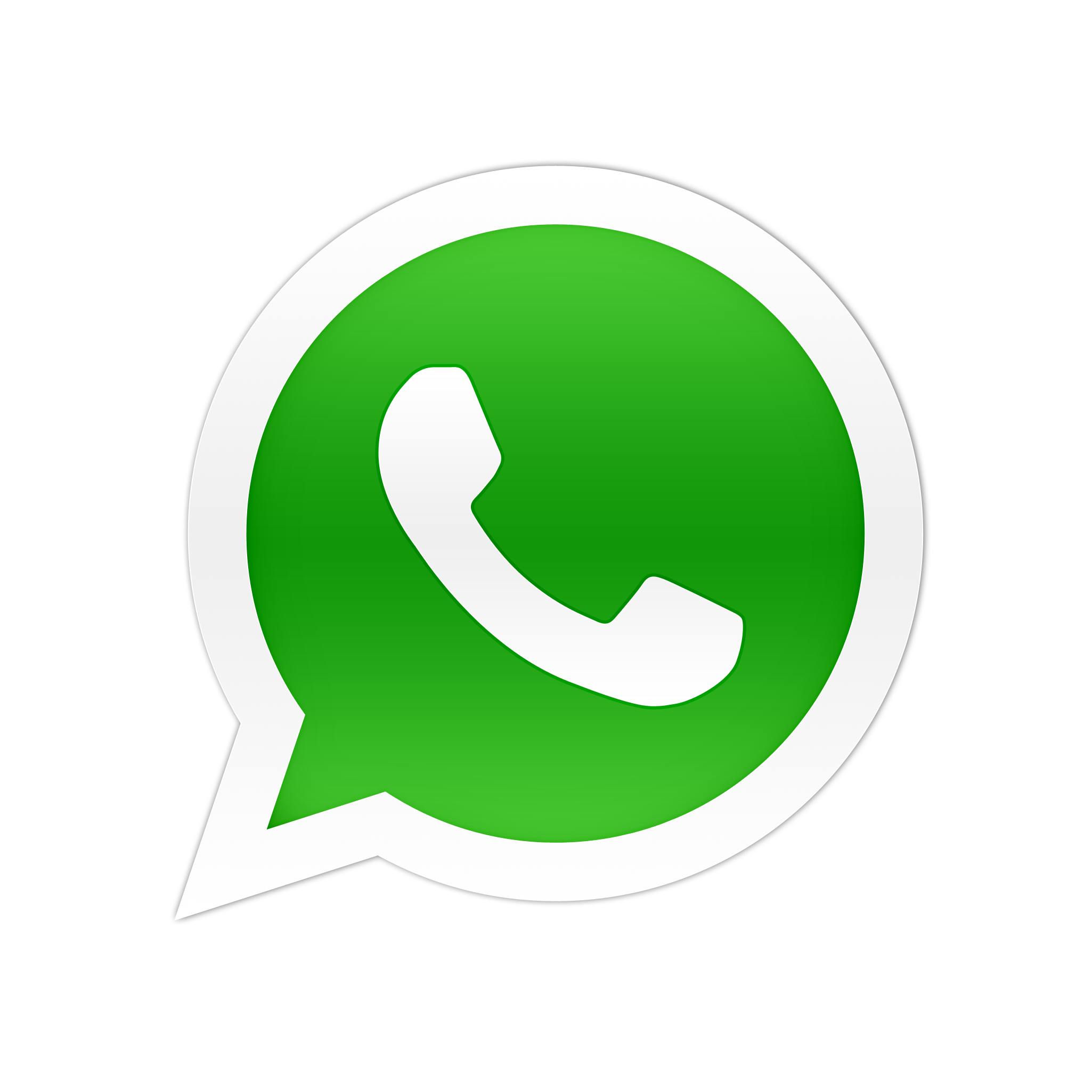
From Billboards to Google Ads: The Evolution of Healthcare Marketing
Healthcare marketing isn't what it used to be- which is good. The industry was once dominated by newspaper ads, hoardings near hospitals, and the occasional health camp banner, but it has undergone a radical digital transformation. Healthcare brands, ranging from solo practitioners to large hospital chains, are now going where their patients are: online.
So, what is digital marketing in healthcare? Simply put, it is the deliberate use of digital channels – such as Google, Facebook, YouTube, and websites – to attract, engage, and retain patients. However, there is more to it than simply running advertisements or posting medical quotes on Instagram. Let's look at how this shift happened and why it's more important than ever.
The Era of Analog: When Billboards Ruled
Not too long ago, a hospital's marketing strategy looked something like this:
- Sponsor a health camp.
- Put up a few outdoor hoardings.
- Get a doctor to write a newspaper column.
- Hope people show up.
And surprisingly, it worked- for a while. Back when competition was limited and patients relied on word-of-mouth or local visibility, this offline-first model could sustain a brand. But the modern patient behaves very differently.
Today's patient Googles symptoms at midnight, checks hospital reviews on Practo, compares doctors on YouTube, and books appointments online. If your brand isn't part of that digital journey, you’re invisible.
The Digital Dawn: When Google Became the New Referral Source
With the rise of search engines and smartphones, healthcare moved to the screens. Suddenly, patients weren’t just walking in- they were researching you first. Enter: digital marketing.
This brings us back to the core question: What is digital marketing in the healthcare industry?
It’s the process of using online tools to:
- Improve visibility via SEO (search engine optimization)
- Drive traffic with paid ads (Google Ads, Meta)
- Build trust through content (blogs, videos, reels)
- Engage users on social platforms (Instagram, LinkedIn, Facebook)
- Nurture leads via email, WhatsApp, and CRM automations
- Manage online reputation through reviews and ratings
The objective? To create a seamless digital journey from awareness to appointment—and beyond.
The Rise of Hyper-Targeting and Measurability
Traditional media had one big flaw- it couldn’t measure results in real-time. A billboard might be seen by thousands, but how many walked into your hospital because of it? No one really knew.
Digital changed that.
Now, you can run a cardiology campaign targeting 35+ urban men with hypertension, track how many clicked your ad, booked a test, and even follow up via email automation to remind them for a follow-up visit.
Platforms like Google Ads and Meta allow laser-precise targeting, while tools like Google Analytics, Hotjar, and HubSpot offer deep insight into user behavior. You don’t just marketyou measure and optimize.
Why every brand in health care needs a digital pulse
Still not sure if digital marketing is worth the money? Let's get real for a moment:
- 70% of people who want to make an appointment look up a provider online first.
- 30–50% more patients interact with hospitals that use social media.
- Websites that are optimised for SEO can lead to five times more appointment conversions compared to their generic counterparts. This stark difference highlights the importance of effective online strategies in driving business success.
Whether you run a fertility centre, a cosmetic clinic, a diagnostic lab, or a multi-specialty hospital, how well you play the digital game now affects how well people see you, trust you, and grow.
The game is more than just flashy ads; it's also about strategy. Your new growth engine is digital. It can help you build brand equity and make sure you're top of mind (and top of search).
Where We’re Headed: AI, Personalization, and 24/7 Engagement
The future of healthcare marketing isn’t just digital—it’s intelligent. Chatbots handle appointment queries round the clock. AI tools like predictive analytics help segment audiences. CRMs personalize follow-up content based on diagnosis. Telemedicine platforms are integrated into Instagram campaigns.
In short: the clinic of the future starts with a click.
Final Diagnosis: Adapt or Get Left Behind
The shift from billboards to Google Ads isn’t just about technology- t’s about mindset. It's about recognizing that patients expect a brand experience, not just a medical service.
So if you’re still asking, what is digital marketing in the healthcare industry? Well, here's your answer:
It’s the bridge between your medical expertise and the patient’s digital behavior. It’s how you build trust before a diagnosis, how you stay relevant after a visit, and how you grow in an industry that’s increasingly online-first.
In this new era, visibility is credibility. And credibility brings patients through your doors. Time to drop the hoarding and start ranking.
